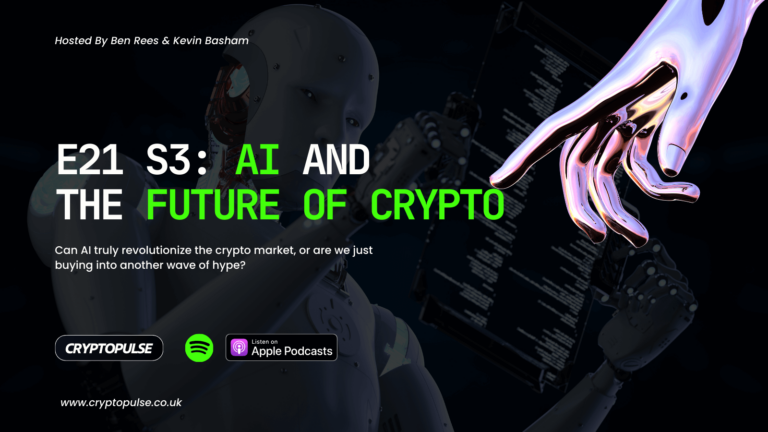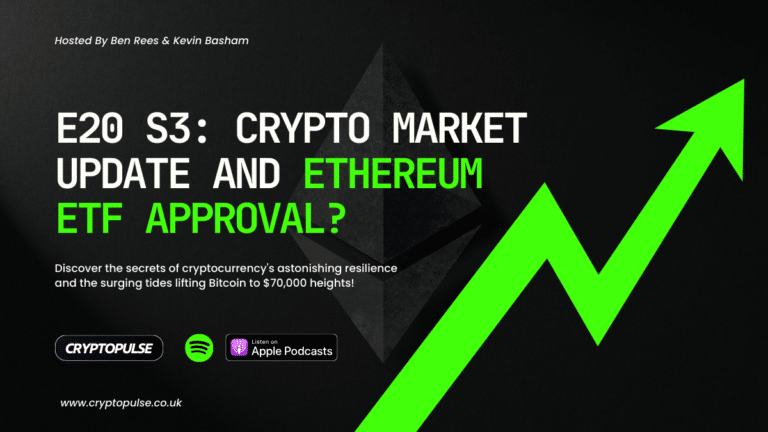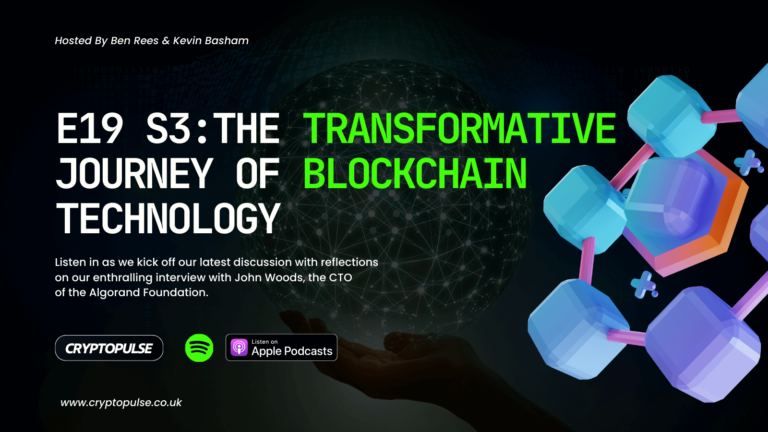There is no doubt the blockchain industry is rapidly growing in popularity and trading cryptocurrencies has become more accessible than ever before. This is due to more and more brokerage firms allowing investors to trade their favorite cryptocurrencies alongside other investments and due to more apps and platforms getting launched every year for people to use.
This had made the blockchain industry very lucrative and provides a great opportunity for entrepreneurs to get creative and come up with their own idea for a new venture. Apps are an extremely popular choice for new ventures due to their accessibility from people’s mobile phones and tablets. In this article, we take you through our top 5 app ideas for 2022.
Crypto Wallet App
Cryptocurrency wallets exist to allow traders to store and secure their currencies and are an essential part of owning and trading crypto. They can either be hot wallets, which are online wallets and cold wallets, which are offline. Popular online exchanges such as Coinbase and Binance have wallets you can store your assets on although they come with less security and more risk than other alternatives that are dedicated wallets rather than an exchange.
Traders are always rightly concerned about the security of their cryptocurrencies and this means apps that contain online wallets that are secure and safe have become very popular and a good venture choice for entrepreneurs.
Cryptocurrency News App
Crypto fans like to stay up to date with everything that is happening in the market including breaking industry news as well as trading news and project updates. This allows traders to stay on top of the overall sentiment of the market and know what is going on behind the scenes of their favorite crypto projects. This means there is a high demand for apps that allows people to easily access news wherever they are on their mobile phones.
Portfolio Tracker App
Did you know that 49% of traders check their portfolio at least once a day? This means there is a huge demand for high-quality apps that allow traders to easily track the progress of their investments on the go using their mobile phones. The trader can enter all their investment details and then the app would provide a variety of useful statistics that communicate what is doing well, what may not be doing so well and even identify future trading opportunities.
Decentralised Social Media
Unlike popular social media platforms including Facebook and Instagram, decentralised social platforms aim to put the user first and focus on user freedom. It has been tipped as the future of social media and now could be the best time to jump on board the emerging trend. Put simply, decentralised social media networks run on independent servers rather than being owned and run by a business. This means users have more control over the content they see and how their profile operates.
NFT Marketplace
NFT’s (non-fungible tokens) have certainly hit the world by storm in 2021. They are digital assets such as images, videos or audio clips that are stored on a blockchain. An NFT marketplace is somewhere people can buy and sell NFTs using cryptocurrencies. This is a booming sector making it a great choice for a new business idea. By developing an app that brings together artists, creators and NFT enthusiasts you could become the go-to place to buy and sell a range of NFTs or a specific type of NFTs.
Hopefully, you now have some inspiration for 5 great app ideas you can start implementing in 2022. The first step would be to write a comprehensive business plan outlining your idea along with costs and timescales. You can take this idea to reputable app developers like AppTailors, to design and develop and bring your idea to life.



